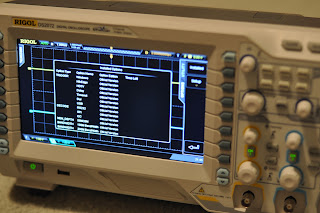Edit: I'll shortly have code and instructions for using the wider
ATTINY26-16SU/ATTINY261A-SU for easier soldering (order this rather than the ATtiny24
if you are looking to perform this mod in the next couple of days).
Edit 2:
Here are the updated instructions!
Building on the
awesome work of forum member "micro" from NFGgames in this
thread, I decided to take things a step further and modify the board directly; instead of replacing the entire PCB from the replacement
GC style joysticks (with the "Simple Jet" PCB). This was to bring down the cost of replacement from $20 to $2 (considering you have already paid for the board in the original stick) and to satisfy those waiting for limited release of these PCB's (myself included).
The only real downside to this modification is you don't get the updated joystick potentiometer or easy to configure jumpers.
While some suppliers have released a
newer version of this stick, you aren't guaranteed that you will receive it from all suppliers, they have also increased the price of this version and there are still minor issues with these sticks that micro's redesign has fixed. This swap will also work for that board too, by just removing the components in the same positions.
Micro's mod relies on the ATtiny24/24A. The great thing about the chip is it has a highly configurable pin layout. Through some simple reverse engineering of the original board, reconfiguring the code's pin dependencies and some chip reorientation, I have been able to get this to work by removing a couple of passives on the original board and replacing the existing IC with the ATtiny24. You can either use the SOIC based
ATtiny24 or
ATtiny24A (whichever is easier to source), as they are identical for this purpose except for minor current requirements.











